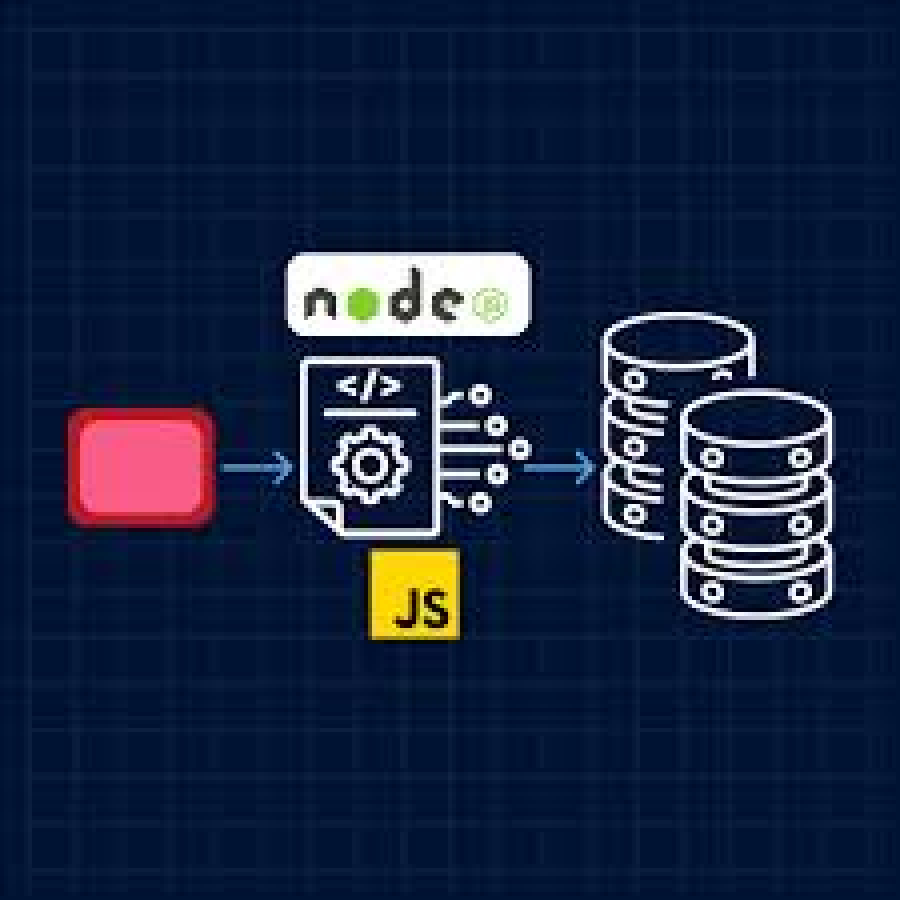How to Use WebSockets for Real-Time APIs
In the rapidly evolving digital landscape, real-time communication has become a cornerstone of modern web applications. At freelancerbridge, we understand the importance of delivering instantaneous data updates to enhance user engagement and experience. One of the most effective technologies enabling this is WebSockets. This article delves into the utilization of WebSockets for real-time APIs, exploring their benefits, implementation strategies, and best practices.
Introduction
Traditional HTTP protocols operate on a request-response model, which can be limiting for applications requiring real-time data exchange. Polling and long-polling techniques were early attempts to overcome these limitations but often resulted in increased latency and server load. Enter WebSockets—a protocol designed to facilitate full-duplex, bidirectional communication between clients and servers over a single, persistent connection. This advancement has revolutionized real-time data transmission, enabling applications such as live chat, online gaming, financial tickers, and collaborative tools to function more efficiently.
DEV Community
+1
Medium
+1
Medium
Understanding WebSockets
WebSockets establish a persistent connection between the client and server, allowing both parties to send and receive messages independently. This contrasts with the traditional HTTP model, where the client initiates requests, and the server responds. The WebSocket connection begins with a handshake over HTTP, upgrading the protocol to WebSocket, and then maintains an open channel for continuous data flow.
Medium
+1
Wikipedia
+1
LogRocket Blog
Wikipedia
Key Features of WebSockets:
Persistent Connection: Maintains an open channel between client and server, reducing the overhead of establishing multiple connections.
Bidirectional Communication: Allows data to flow freely in both directions, enabling real-time updates without the need for client-initiated requests.
Low Latency: Minimizes the delay in data transmission, crucial for applications requiring immediate data updates.
Implementing WebSockets in Real-Time APIs
Integrating WebSockets into your API involves several steps to ensure efficient and secure communication.
Wikipedia
Setting Up the WebSocket Server
Choose a server-side platform that supports WebSockets, such as Node.js with the ws library or Python with libraries like websockets. Configure the server to handle WebSocket connections, manage client sessions, and broadcast messages as needed.
Establishing the WebSocket Connection
On the client side, utilize the WebSocket API to create a new connection:
javascript
Copy
Edit
const socket = new WebSocket('wss://yourserver.com/path');
Handle events such as onopen, onmessage, onerror, and onclose to manage the connection lifecycle.
Handling Messages
Implement event listeners to process incoming messages and define functions to send messages to the server. Ensure that the message formats are consistent and agreed upon between client and server for seamless communication.
Managing Connection Lifecycle
Incorporate logic to handle reconnections in case of unexpected disconnections. Implement exponential backoff strategies to prevent overwhelming the server with reconnection attempts.
Best Practices for Using WebSockets
To maximize the efficiency and security of your WebSocket implementation, consider the following best practices:
Use Secure WebSockets (WSS):
Always employ the secure version of WebSockets (wss://) to encrypt data transmitted between the client and server, protecting against man-in-the-middle attacks.
Implement Authentication and Authorization:
Ensure that only authorized clients can establish WebSocket connections. Utilize tokens, such as JSON Web Tokens (JWT), to authenticate users before allowing them to connect.
Optimize Data Transmission:
Minimize the amount of data sent over the WebSocket connection by compressing messages and sending only necessary information. This reduces bandwidth usage and improves performance.
Handle Errors Gracefully:
Implement robust error-handling mechanisms to manage issues such as connection drops, message parsing errors, and unexpected server responses. Provide user feedback when errors occur to maintain a good user experience.
Scale Effectively:
Design your WebSocket server to handle multiple concurrent connections efficiently. Consider load balancing and distributing connections across multiple servers to prevent bottlenecks.
Monitor and Log Activity:
Regularly monitor WebSocket connections and log relevant events to detect anomalies, troubleshoot issues, and gather insights into usage patterns.
Conclusion
WebSockets have transformed the landscape of real-time web applications by providing a robust and efficient means of bidirectional communication. By implementing WebSockets thoughtfully and adhering to best practices, developers can create responsive and dynamic applications that meet the demands of today's users. At freelancerbridge, we advocate for the adoption of such technologies to enhance application performance and user satisfaction.


 by Emily
by Emily




